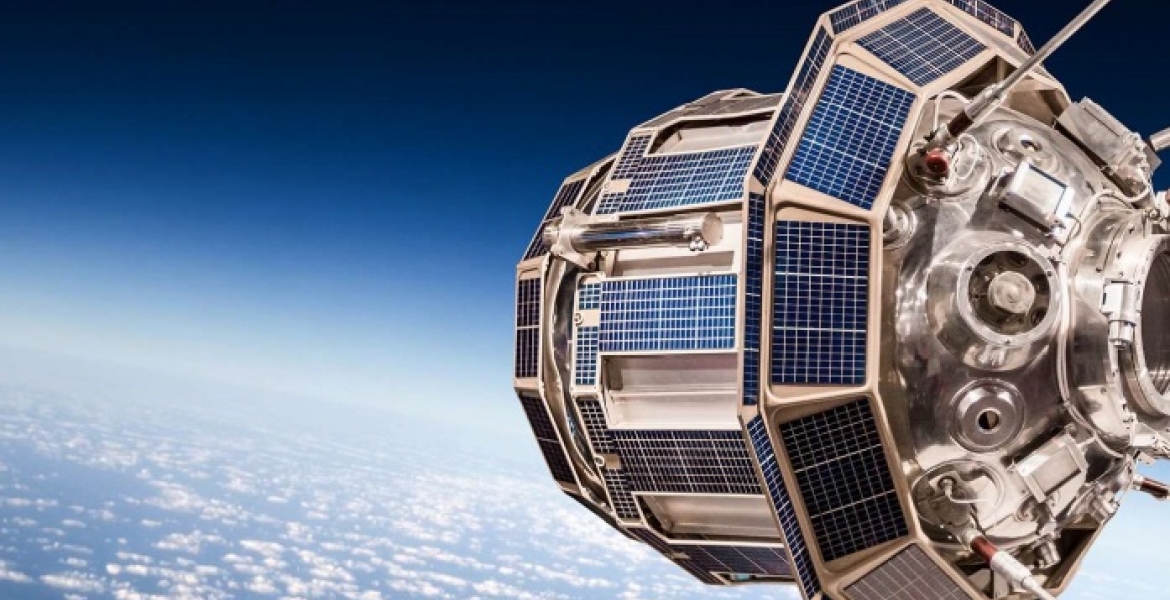Satellite Communications in Pacific Island Countries
The waves of information and communications technology (ICT) development in the Pacific subregion are so enormous that they cannot be ignored. A decade ago, no one could have imagined the rapid ICT progress and changes experienced today in the Pacific subregion. No one would have thought that it was possible for Samoa, Tonga, Vanuatu, and even Yap and Palau to be connected by submarine cables. What’s more, plans are underway to connect the small and remote islands of Tokelau and Tuvalu to submarine cables.
The benefits of submarine cables to the Pacific subregion are significant because they not only bring high bandwidth capacity, but also considerably lower costs. However, it is important for the Pacific subregion to continue working together with satellite service providers to address the digital gaps as well as improving redundancy in the region. Inter-island (domestic) connectivity remains seriously constrained with a high proportion of outer islands and remote areas that are not yet connected. This must be addressed.
The purpose of this preliminary study was to investigate the development of ICT in Pacific Island countries. The survey focused on ICT policy, connectivity, usage and challenges for satellite communications.
The study found that many Pacific Island countries would not have been able to improve their connectivity (through connection to submarine fibre-optic cables or new satellite technologies) without the assistance of development aid and private sector funding. In addition, satellite communication has always provided the prime international connection between the islands and other parts of the world. But with submarine cables in place, satellite has become the secondary connection in many Pacific Island countries.
The study recommended that satellite service providers need to consider adjusting their business model to suit new ICT conditions in the Pacific subregion. The paper’s main policy recommendations are as follows: the University of the South Pacific, in collaboration with the Council of Regional Organisations in the Pacific ICT Working Group, should continue to lead and coordinate ICT initiatives and strategies for the Pacific; Conduct a feasibility study to identify the challenges and opportunities for satellite service providers to provide full ICT services in the Pacific; Create an ecosystem to ensure that satellite technology continues to be an important complement to submarine fibre-optic cables in connecting remote and distanced islands; and emphasize that satellite technology provides a reliable redundancy service, and is critical for emergency communications and disaster recovery.
The University of the South Pacific is kindly acknowledged for supporting this study.
The report can be downloaded at: https://www.unescap.org/resources/satellite-communications-pacific-island-countries






